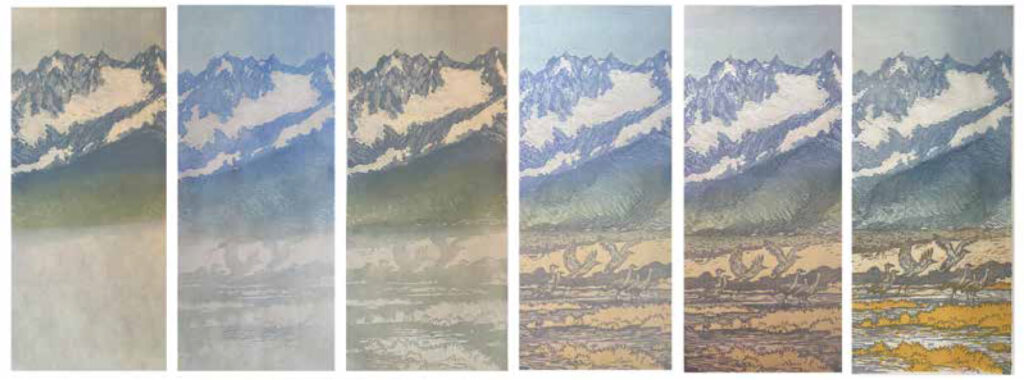Leon Loughridge marries his inspiration both the American West and Japanese-style moku (wood) hanga (print) to depict the landscapes of Colorado and New Mexico. Every part of his process involves presence and a slow meditation, from observations in nature and watercolor sketches in the field, to the detailed watercolor studies in the studio, to the carving and manual involvement of the moku hanga process – which you may read more about here.
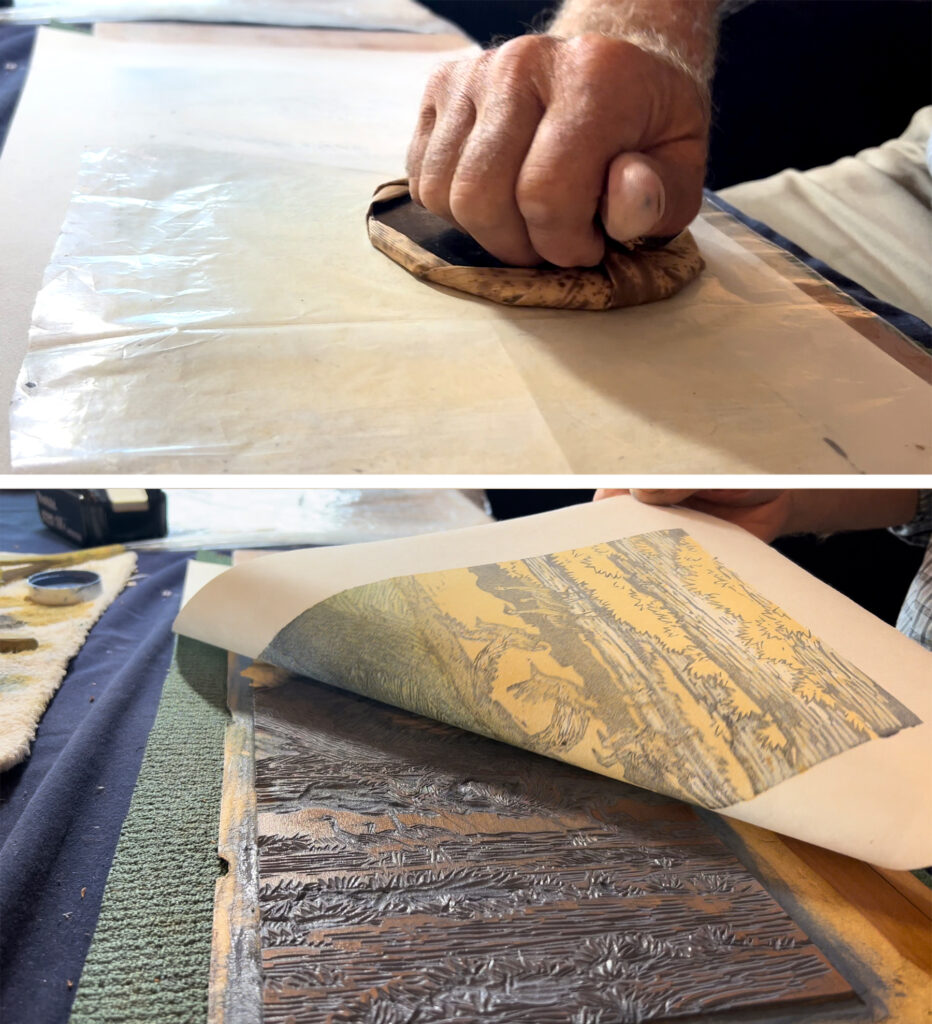
Inspired by the printmakers who came before him that created a tradition of creativity and innovation in Japanese printmaking during the 18th and 19th centuries, particularly Hasui Kawase and Hiroshi Yoshida, both considered masters of the Shin-hanga movement. Loughridge sees the knowledge of these masters as a springboard for his own creativity rather than as a dictum of the process. And so, on occasion, other methods are used by the the artist, as seen in this body of work, such as serigraph, watercolor, or vinyl acrylic.
Familiar landscapes, many of which are local such as Ajax Morning, Aspen Mountain from McLain Flats, Independence Pass Showers, Passing Time, Mt. Sopris, Spring, and more grace this collection honoring Western Heritage.
The actual process of printing can be very meditative. One has to focus on the task at hand and not be distracted by the commotion of the world around us. I take great joy in watching the image evolve as layers of color are printed over one another
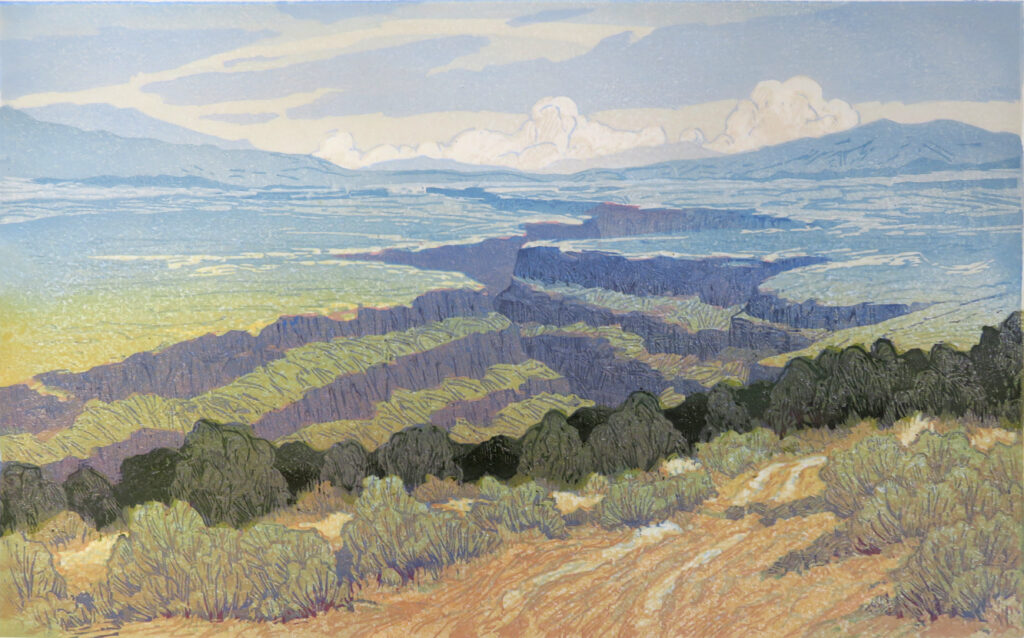
Having grown up in the Southwest, I love the western landscape. I think the history of the region is an integral part of the landscape, as it is the story of people who lived and worked on the land that adds a dimension to the landscape.

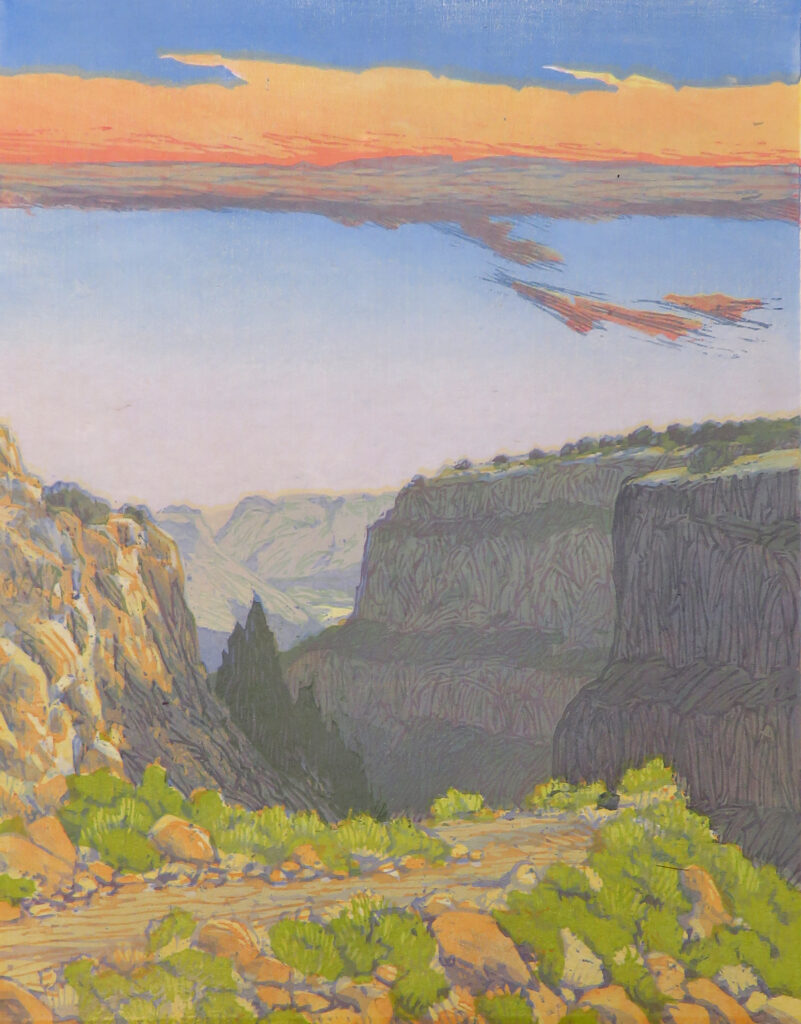
I spend a good amount of time sketching outdoors with a portable, easy to use watercolor sketch kit. What I love about the outdoor sketches is their spontaneity and brevity. A small sketch requires one to edit the scene to the bare essentials, basically, the abstract structure of the scene.
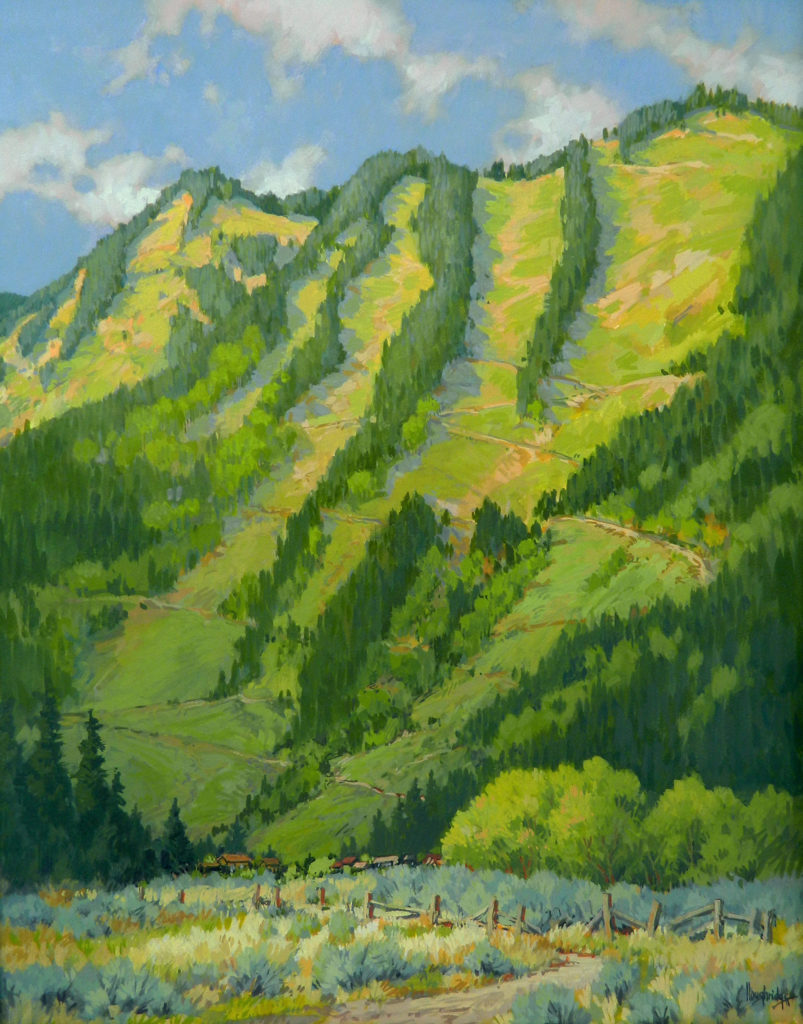

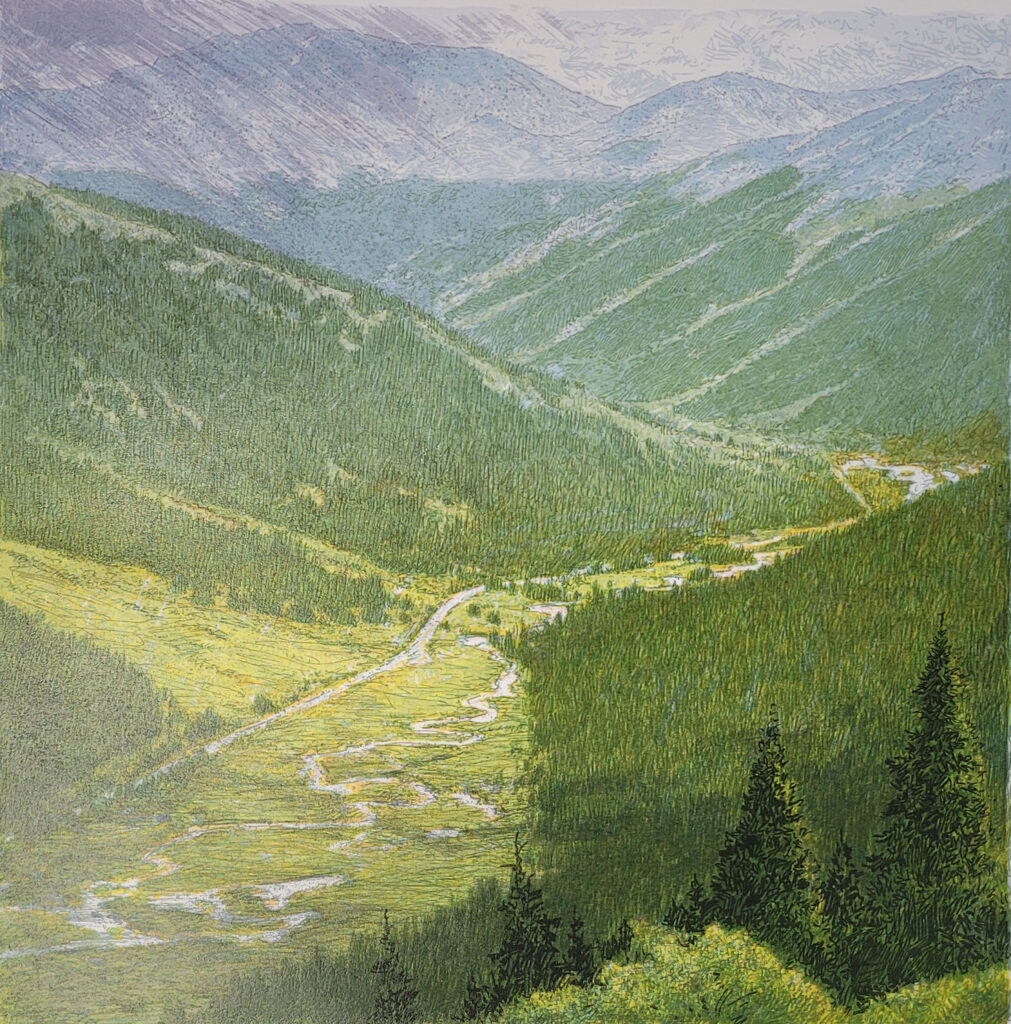
The Japanese print process is all about touch from preparing the paper, applying the ink, to applying pressure with the baren. There are so many subtle techniques and methods within the process that I am continually learning new expressive ways to manipulate the ink.
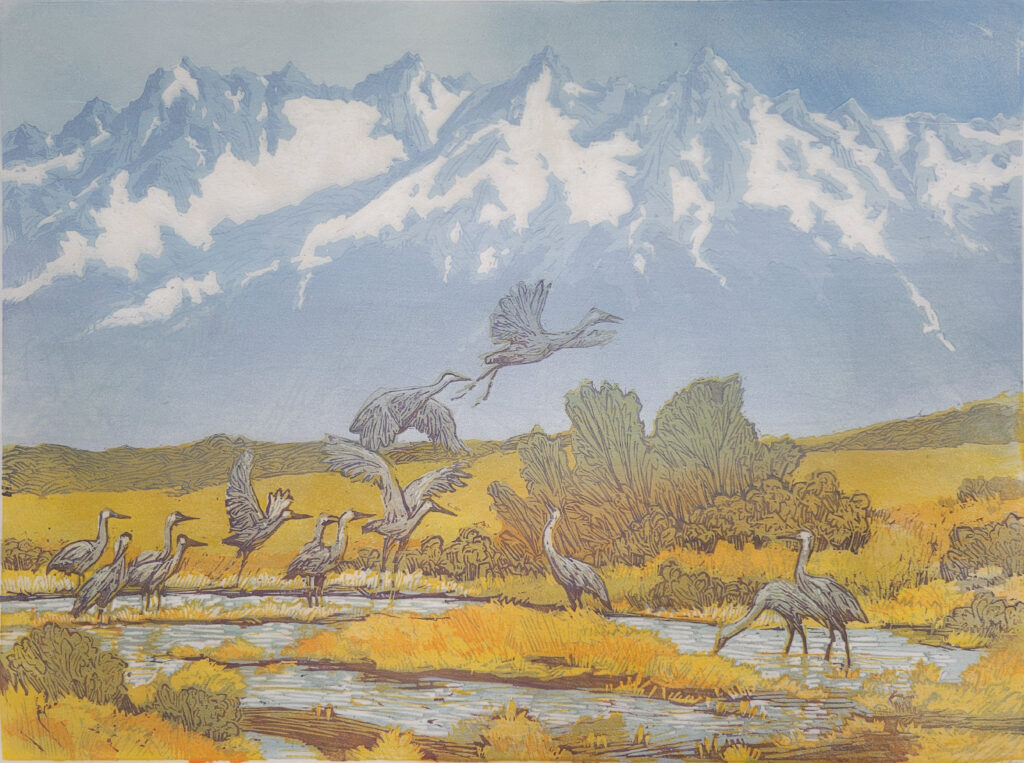
The multiple layers printed on a woodblock resemble the layers of light and color within a landscape. As those layers are developed and printed, it is as if one is reexploring that landscape.
